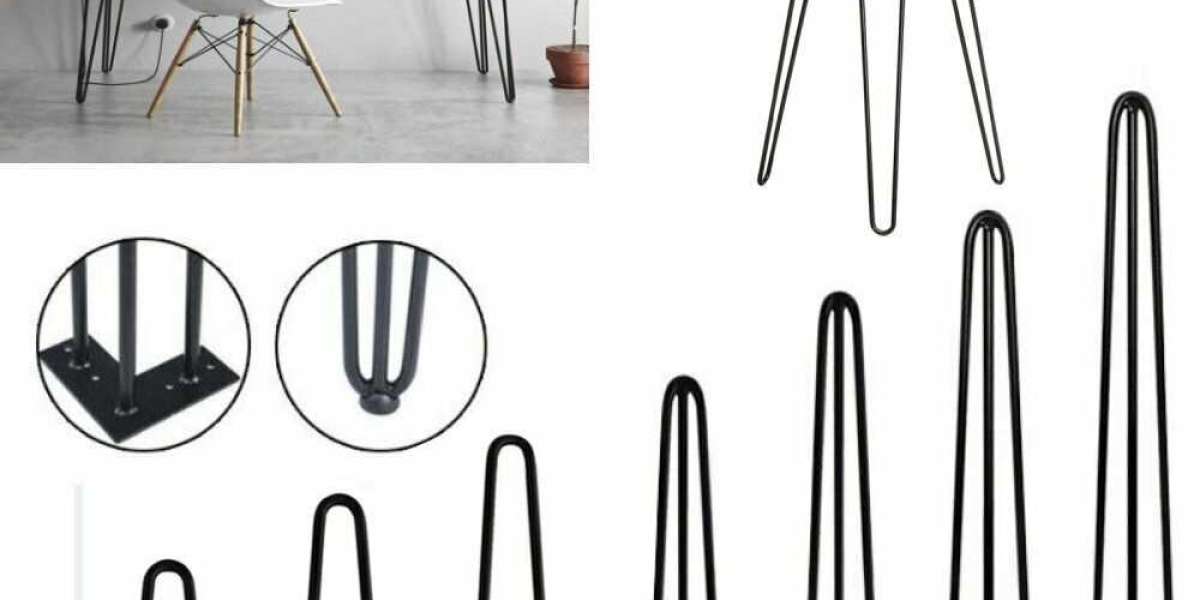The advent of the internet of things (IoT) and machine to machine (M2M) technologies will also help the optical networking and communication market progress at a CAGR of 6.2% during the forecast period (2020–2030). According to PS Intelligence, the market was valued at $16.9 billion in 2019, and it will generate $32.8 billion revenue by 2030.
Largescale adoption of these technologies in connected devices and data-intensive applications requires a robust network capacity, which can be achieved through the deployment of optical networking and communication components. In the coming years, telecommunication firms will emerge as the largest user of such components due to the rising internet and smartphone penetration and increasing use of social media platforms.
Multimode and single-mode optical fibers, optical filters, optical amplifiers, optical aggregators, optical circulators, optical switches, optical splitters, and optical transceivers used in the commercial, cloud and data centers, cable/broadcasting, government, industrial, and telecommunication sectors have a data transfer rate of up to 40 gigabits per second (Gbps), 40 Gbps to 100 Gbps or greater than 100 Gbps.
Geographically, Asia-Pacific (APAC) dominated the optical networking and communication market in the recent past, due to the largescale adoption of wireless communication technology in India, Malaysia, the Philippines, and China, the presence of optical networking and communication solutions providing companies, and rapid advancements in the IoT field in the region.
Additionally, the mounting investments being made in the development of communication network infrastructure will also fuel the adoption of electric fiber cables, optical fibers, and other optical network components in APAC countries. Therefore, the consistent need for higher bandwidth and emergence of the IoT and M2M technologies are expected to accelerate the adoption rate of optical networking and communication components.









